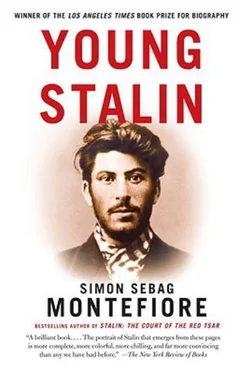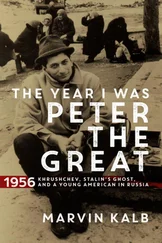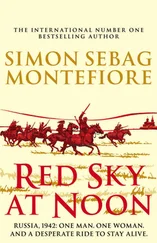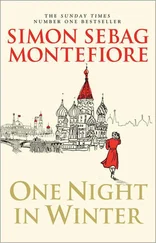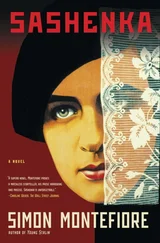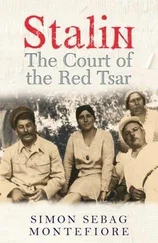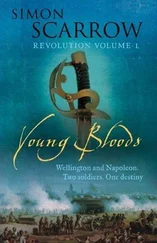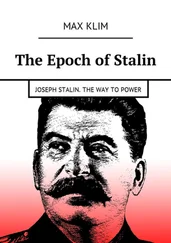Stalin had “great knowledge of the oil industry,” wrote his Georgian protégé Mgeladze. Baku became enormously important in 1942 when Hitler, in desperate need of oil, ordered his armies to push towards the oilfields. The result was the Battle of Stalingrad, which in effect was the battle for Baku. Stalin called in his Deputy Oil Commissar, Nikolai Baibakov: “Hitler wants the oil of the Caucasus. On pain of losing your head, you’re responsible for ensuring no oil is left behind… Do you know Hitler has declared that without oil he’ll lose the war?”
Trotsky too was neglectful: he abandoned his wife and two daughters in Siberia, blaming “Fate”—and later treated his children appallingly. Bolshevism and family were incompatible.
The family, who were there and know best, write that she suffered a stomach complaint, haemorrhagic colitis and typhus. Almost certainly Kato suffered intestinal or peritoneal TB (not always associated with pulmonary TB), which leads to weight loss, stomach pain, diarrhoea and bowel bleeding. Levan Shaumian, who grew up in Stalin’s home in the 1920s, says she died of TB and pneumonia. Typhus is spread by infected water and food, typhoid by bedbugs and reduced resistance, but both flourish among the poor and malnourished—and both can lead to bleeding bowels and darkening rashes. There was no treatment until the 1950s. Katevan Gelovani, a close Svanidze relative interviewed in Tbilisi by this author, calls it “stomach cancer,” which may be her explanation of the bleeding from the bowels. Mariam Svanidze, another cousin still alive in Tbilisi (aged 109) and interviewed by this author on 31 October 2005, remembers the death clearly. “I was then nine years old. Kato and my father got typhus at the same time. Books say Kato died of TB, but I can assure you it was typhus,” says this sturdy and lucid centenarian wearing a floral dressing-gown in a Tbilisi old people’s home. “Both got the red rash. We knew if the rash went black, they’d die. My father’s rash stayed red. He lived, but I remember that Kato’s turned black. Then all the family knew she’d die. And die she did.”
Stalin’s reaction to the death is very similar to his behaviour after the suicide of his second wife, Nadya Alliluyeva, in 1932, down to the suicide threat, self-pity and blaming himself for neglect.
The announcement of the death read: “We notify our comrades, friends and family of the death of Ekaterina Semyonovna Svanidze Djugashvili, expressing the deepest sorrow on behalf of Josef, husband, Simon and Sepora, parents, and Alexandra, Alexander and Mariko, siblings.” Mikheil Monoselidze adds, “In 1936, I buried my wife, Sashiko, next to Kato.” Sashiko died of cancer, but it might have been a mercy. By the early 1930s, the Svanidzes were among Stalin’s most intimate courtiers. But their fortunes would be suddenly and terribly reversed: their story is told in the Epilogue. The Tiflis grave, with photographs of Kato and Sashiko, is still there; so is an old fence at the back of the cemetery, perhaps the one Stalin vaulted to escape the police. Among the gravediggers, there is a story that because Kato died of typhus, the authorities first tried to bury her in a mass “plague grave” but that the family recovered the body and buried her themselves.
He met up again now with his comrades from Tiflis such as Sergo, Budu “the Barrel” Mdivani, Alliluyev, Kavtaradze, the gangster Tsintsadze, most of the Outfit—and the tall, blue-eyed Shaumian. Stalin’s new friend Voroshilov and his old friend Yenukidze were soon joined by Lenin’s special agent, the well-connected but severe noblewoman Elena Stasova (“Comrade Absolute”), Rozalia Zemliachka, Alexinsky and a girl named Ludmilla Stal. But there were also many Mensheviks from his past, such as Devdariani. It was a small world.
Stalin’s career in Baku is shadowy, but the memoirs of the Mauserists give us helpful clues. They could not be used in the Soviet era, especially during Stalin’s dictatorship, and are mostly unpublished, but they remain in the archives.
In his first kidnapping, Nageyev’s ransom was 10,000 gold roubles—or his kidnappers threatened to cut him into pieces. “I can pay only 950 roubles,” Nageyev replied. “Of course you can slice me up, but then you won’t get anything.” He paid only the 950. Then in December 1908, Nageyev was again kidnapped by gangsters led by “a Georgian with black hair and unusual pockmarks.” Nageyev supposedly paid 100,000 roubles. Stalin was at liberty in Baku for the first kidnapping, but in Baku Jail for the second. Had Stalin been at liberty on the latter occasion, he would still not have participated directly. In any case, he ran his criminal-terrorist organization from his cell: he could easily have ordered either or both kidnappings. On the other hand, the story does not appear in any of the Bolshevik memoirs, and in 1909 newspapers claimed the second gang of kidnappers were rogue policemen linked to deputy city governor Colonel Shubinsky. Nonetheless Nageyev probably contributed to Bolshevik funds like the other oil barons. Like them, too, he lost his fortune in the Revolution; he died in 1919.
The beating-up was a humiliation that may have contributed to his brutal deportation of the entire Chechen race during the Second World War at the cost of hundreds of thousands of lives. Equally, he deported many other peoples during the war and victimized other races such as the Poles and Koreans with whom he had had no such experience. As for Mukhtarov, he refused to surrender his palace to the Bolsheviks when the Red Army took Baku in 1920. “As long as I am alive, no barbarian in army boots will enter my house!” In a shoot-out, he fired on the Bolsheviks until he was overcome, at which point he shot himself. His beautiful wife, Liza-Khanum, for whom his Baku château was built, lived on in the basement, then escaped to Turkey, where she lived until the 1950s. Mukhtarov’s château is now the Baku Wedding Palace.
When Marshal Voroshilov was out of Stalin’s favour in his last years, he used to plead: “But, Koba, we became friends in Baku in 1907.”
“I don’t remember,” Stalin replied. For his future life, see the Epilogue.
In power, he persecuted and arrested Esperanto speakers.
Stalin found many of his Mauserist gangsters in the Bailovka (such as his cellmates the Sakvarelidze brothers). His Menshevik opponents, Devdariani from the seminary and Isidore Ramishvili from Batumi, were also in his crowded cell, but now the two factions were again forced to work together, and they turned a blind eye to his banditry.
In July 1937, at the height of the Great Terror, the man from Gori who arranged this swap, I. P. Nadiradze, wrote to another of his cellmates, Andrei Vyshinsky, Stalin’s craven but dreaded Procurator-General, to ask him to confirm that he had served time for political murder and had helped arrange Stalin’s swap and escape. Vyshinsky confirmed the former, but on the swap that sinister survivor sat on the fence: “As for the fact of organizing the replacement for Comrade Stalin… I cannot attest to this because I do not remember.” Nadiradze was clearly under investigation in the Terror or he would not have appealed to the dangerous Vyshinsky on this sensitive subject at such a risky moment. But it is almost unthinkable that he would have written the letter were it not completely true as far as it goes.
Читать дальше
